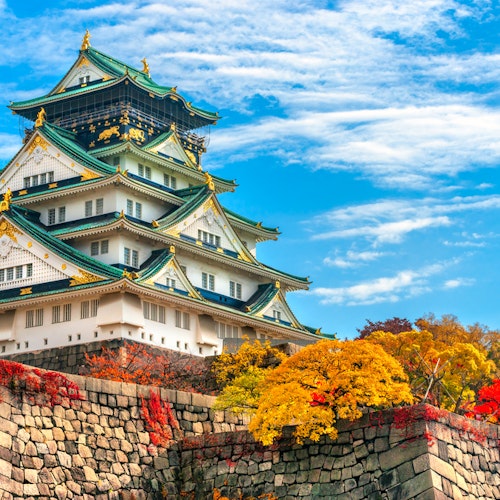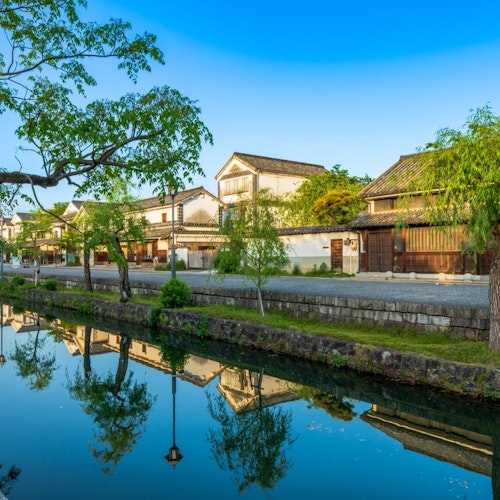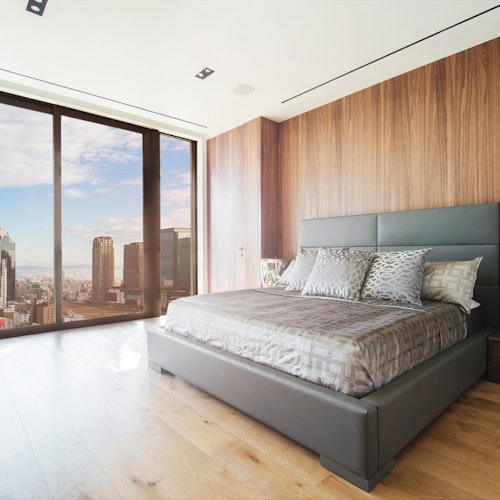
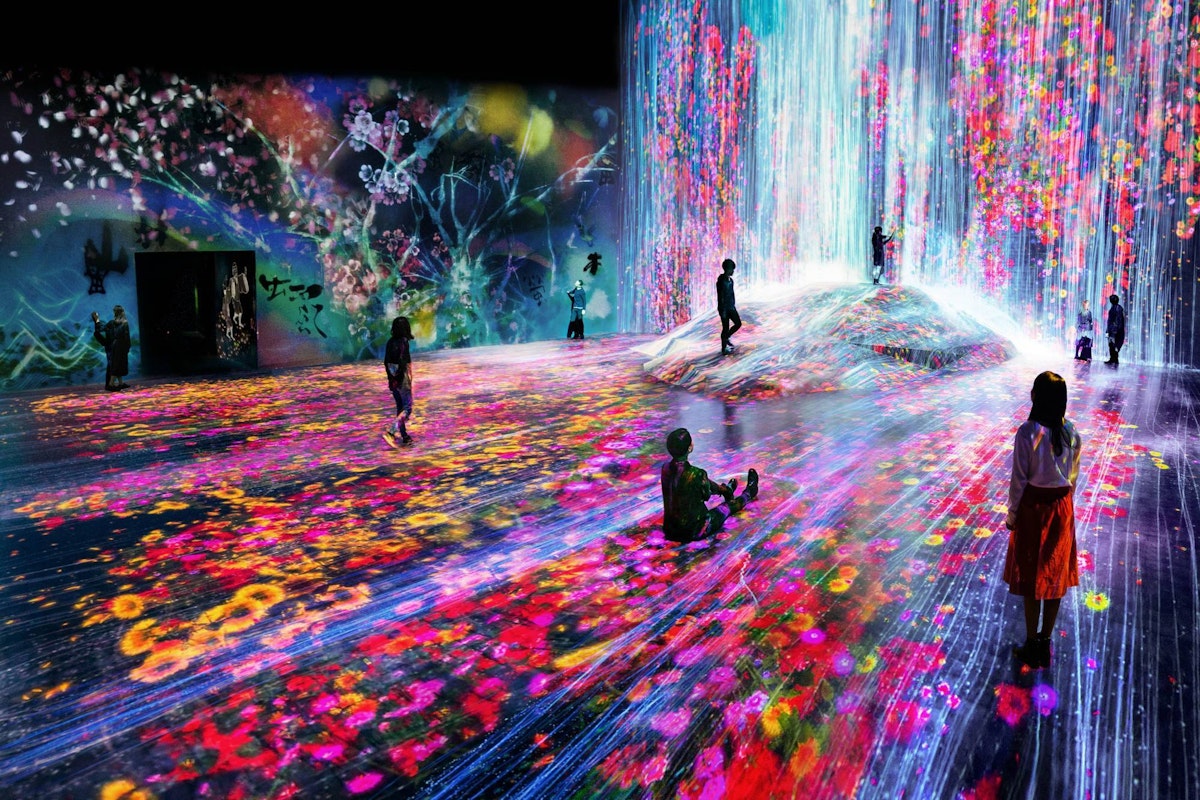
Tokyo is a city where ancient traditions blend seamlessly with cutting-edge technology, and nowhere is this more apparent than in its museum scene. Whether you're fascinated by digital art, curious about Japanese history, or looking for hands-on experiences, the coolest museums in Tokyo offer something extraordinary for every visitor. From interactive installations to quirky collections, these cultural spaces will transform your understanding of what a museum can be.
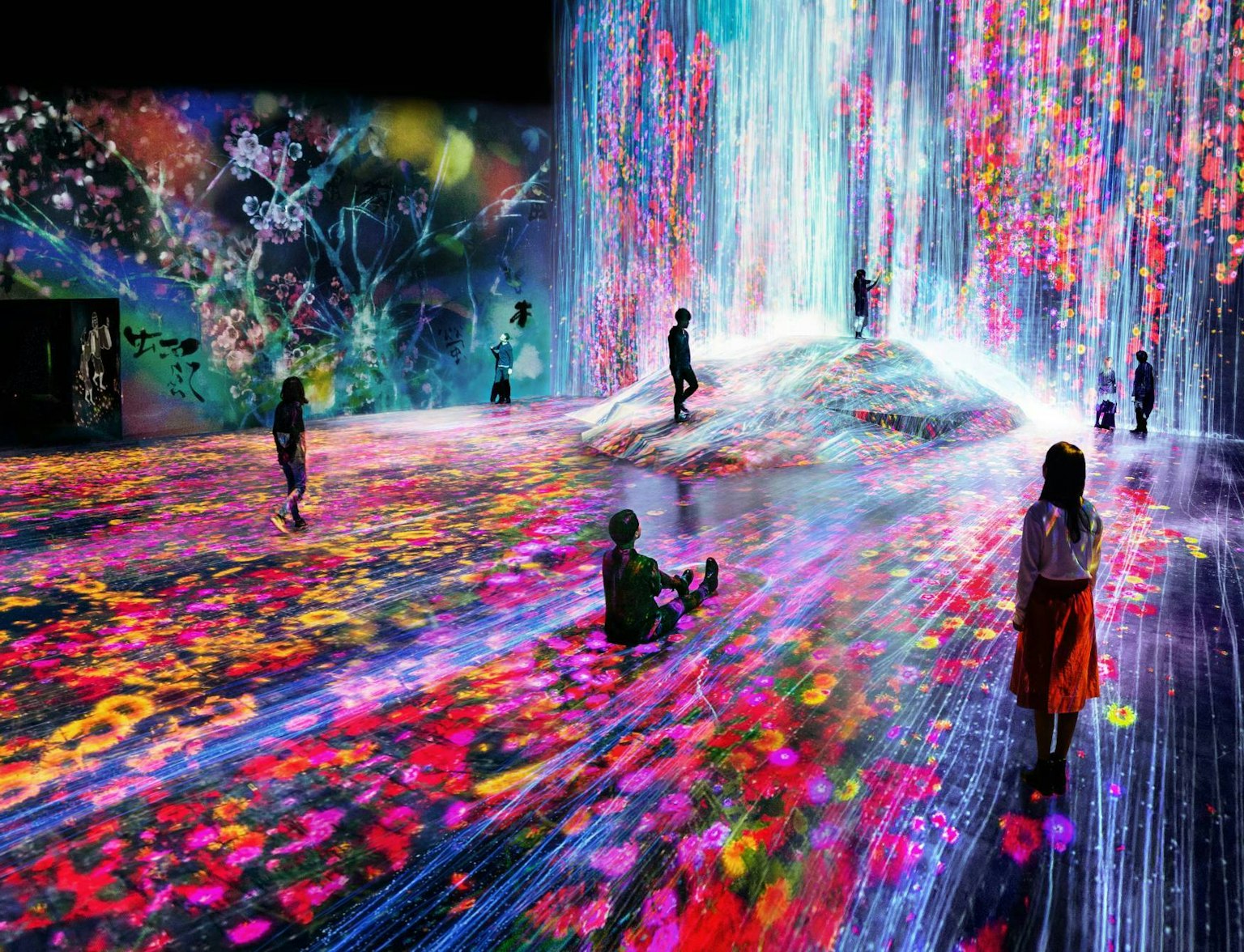
Book your visit now and become part of this transformative experience, where the boundaries of art and reality blend into one extraordinary adventure.
When people talk about cool museums Tokyo has to offer, TeamLab Borderless always tops the list. This digital art museum in Azabudai Hills creates an otherworldly experience where art literally flows around you. The installations use projection mapping and sensors to respond to your movements, making every visit completely unique.
Walking through rooms filled with floating flowers, cascading waterfalls of light, and interactive creatures feels like stepping into a dream. The museum encourages exploration without maps or set routes, so you can get wonderfully lost in the experience. Plan to spend at least two to three hours here because you'll want to revisit your favorite spaces multiple times.
Since TeamLab Borderless attracts visitors from around the world, booking tickets in advance is essential. Many Tokyo city tours now include this attraction as part of their itinerary, letting you experience this digital wonderland with skip-the-line access and expert guidance.
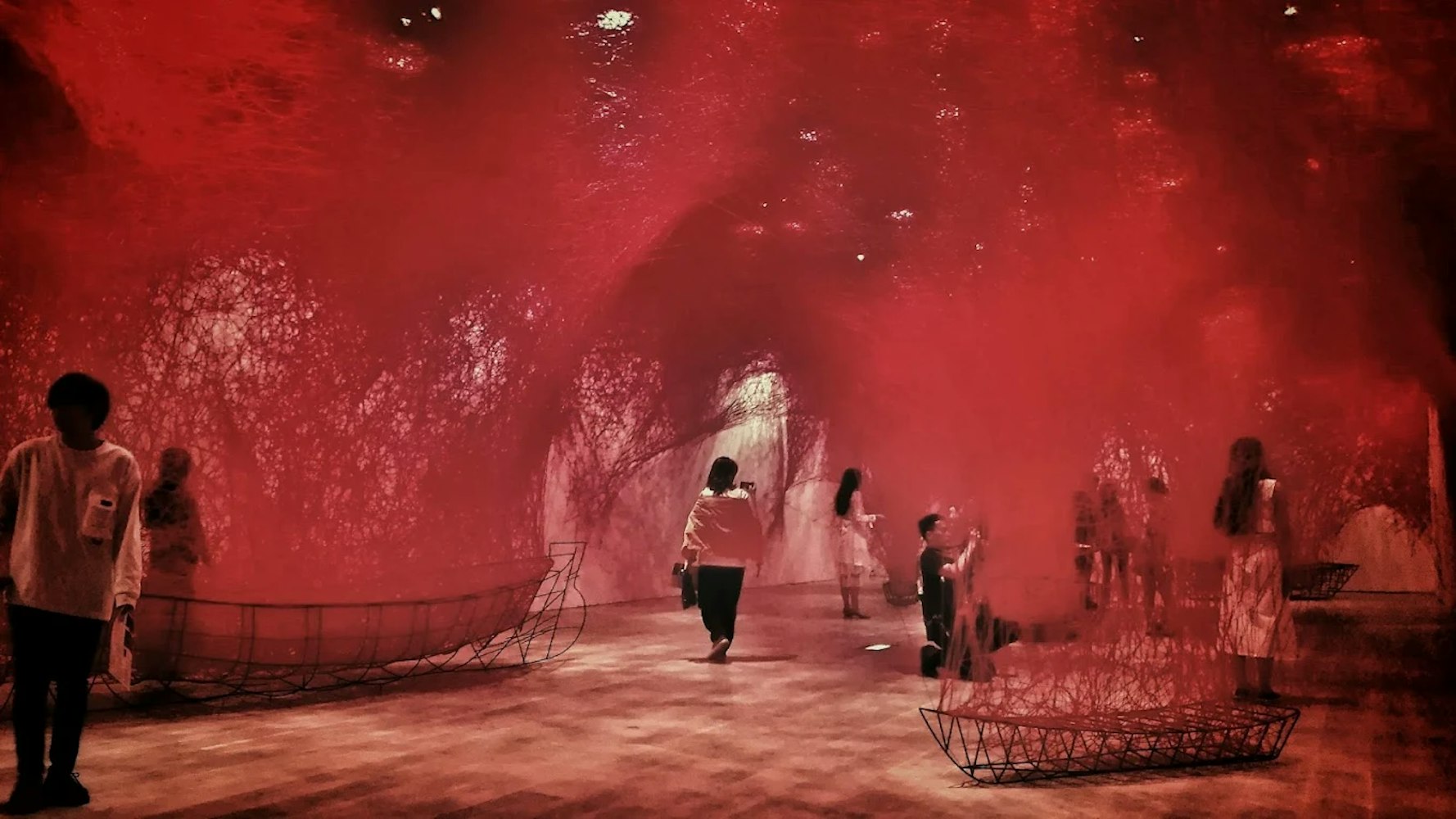
Perched on the 52nd and 53rd floors of Roppongi Hills' Mori Tower, the Mori Art Museum combines world-class contemporary art with spectacular city views. The museum focuses on cutting-edge international art, hosting exhibitions that examine contemporary issues through various artistic lenses.
After exploring the galleries, your ticket also grants access to the Tokyo City View observation deck on the 52nd floor, where you can see the city spread out below. On clear days, Mount Fuji appears in the distance. The museum stays open until 10 PM most days (until 5 PM on Tuesdays), making it perfect for experiencing Tokyo's skyline at sunset or after dark.
The museum's location in Roppongi Hills puts you in the center of one of Tokyo's most vibrant entertainment and shopping districts. The area comes alive at night, and many evening Tokyo tours include Roppongi for its unique blend of art, nightlife, and urban sophistication.
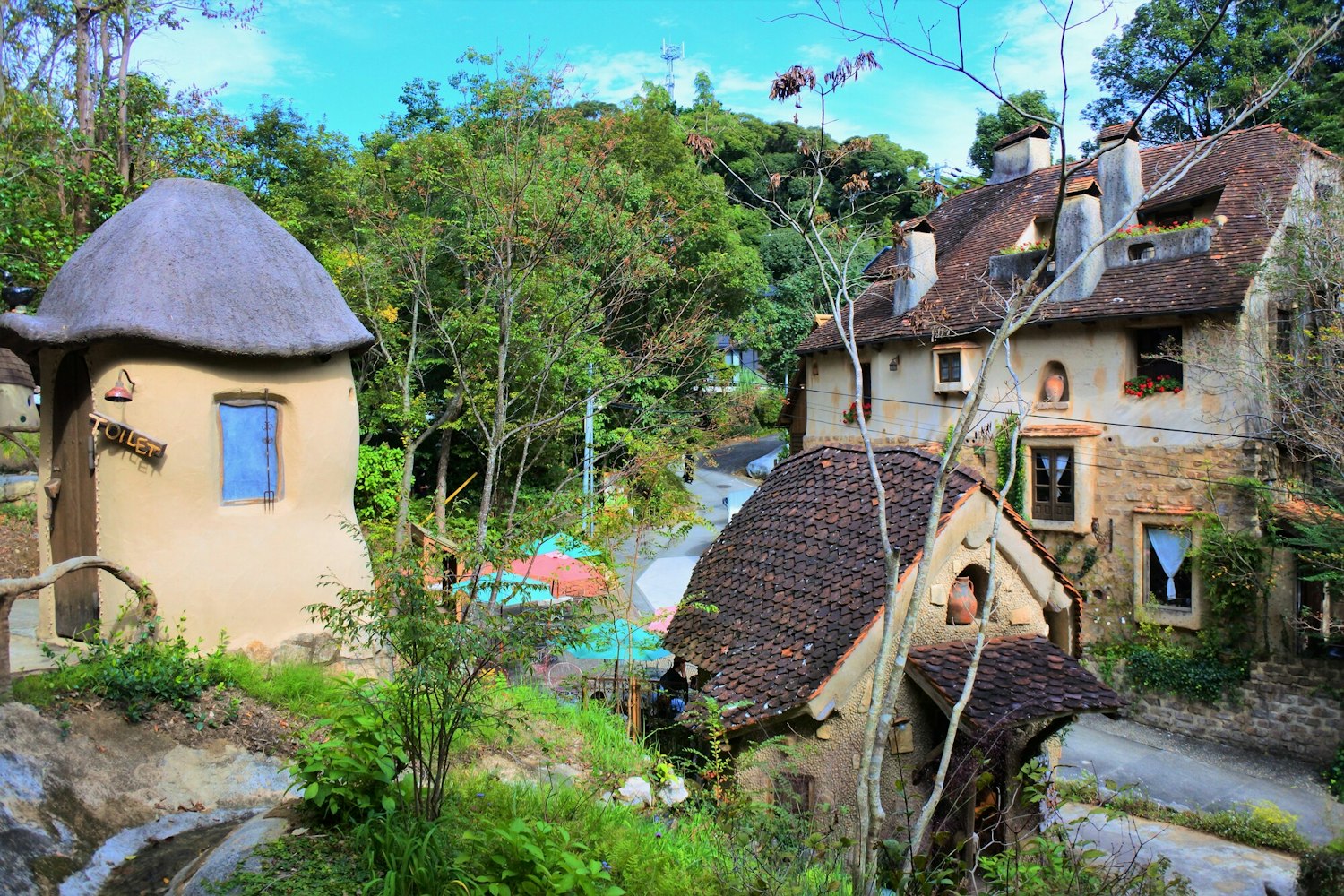
The Ghibli Museum in Mitaka is a pilgrimage site for fans of Studio Ghibli films like Spirited Away and My Neighbor Totoro. This fun museum in Tokyo was designed by Hayao Miyazaki himself, and every corner reflects his imaginative storytelling style. From the moment you receive your ticket (which looks like an actual film strip), you know you're in for something special.
Inside, you'll discover original sketches, animation techniques, and even a giant Cat Bus that children can climb inside. The museum also screens exclusive short films that you can't watch anywhere else in the world. The building itself feels like walking through a Ghibli movie, with winding staircases, hidden nooks, and whimsical details everywhere.
Tickets must be purchased exactly one month in advance through an online lottery system, so planning ahead is crucial. If you're organizing a broader exploration of Tokyo's cultural sites, consider combining your visit with a Mitaka area tour that includes the nearby Inokashira Park.

As Japan's oldest and largest museum, the Tokyo National Museum in Ueno houses over 110,000 objects spanning Japanese art and archaeology. The main Honkan building showcases Japanese art chronologically, from ancient pottery to samurai armor and exquisite kimono.
What makes this one of the coolest museums in Tokyo is the breadth and quality of its collection. You'll find National Treasures and Important Cultural Properties that you won't see anywhere else. The Toyokan building focuses on Asian art, while the Hyokeikan features archaeological artifacts.
The peaceful museum gardens open seasonally, offering traditional tea houses and a serene setting to reflect on what you've seen. English audio guides and detailed explanations make the collection accessible to international visitors.
For first-time visitors to Tokyo, a Ueno Park tour can provide context and highlight the most significant pieces in the collection while also covering other nearby attractions like the Ueno Zoo and several other museums in the park complex.
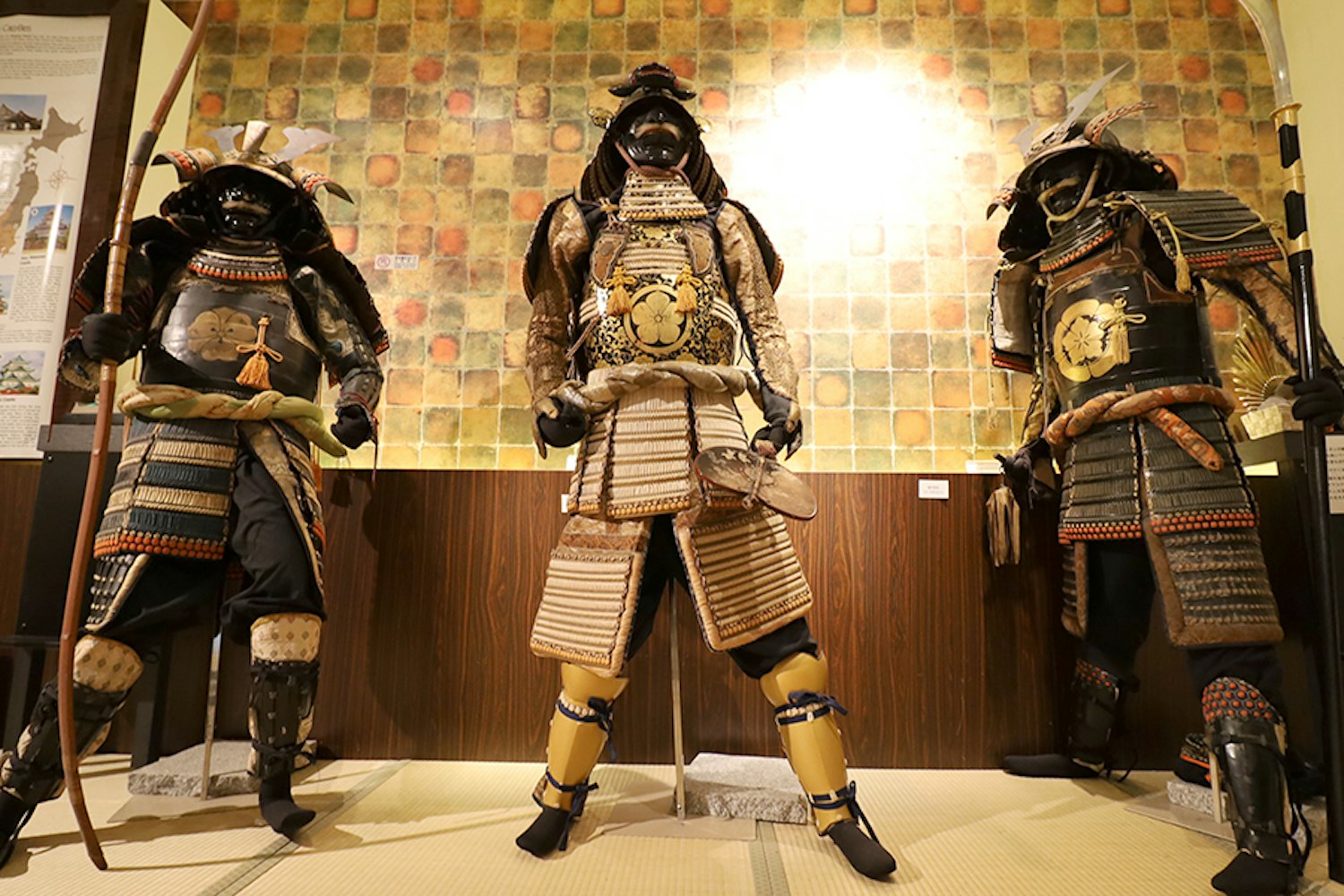
This cool museum in Tokyo brings the world of samurai warriors to life through authentic artifacts, detailed replicas, and engaging live demonstrations. Located in Shinjuku, the Samurai Museum offers a hands-on experience where visitors can try on armor, hold real swords (under supervision), and watch traditional sword fighting performances.
The museum's collection includes genuine samurai armor sets from different periods, each telling stories of the warriors who wore them into battle. Knowledgeable guides explain the samurai code of bushido and how these warriors shaped Japanese history and culture. The evening shows featuring sword techniques and traditional performances are particularly impressive.
Since the museum is in the heart of Shinjuku, it pairs well with Tokyo nightlife tours that explore the neon-lit streets, entertainment districts, and observation decks that make this area famous after dark.
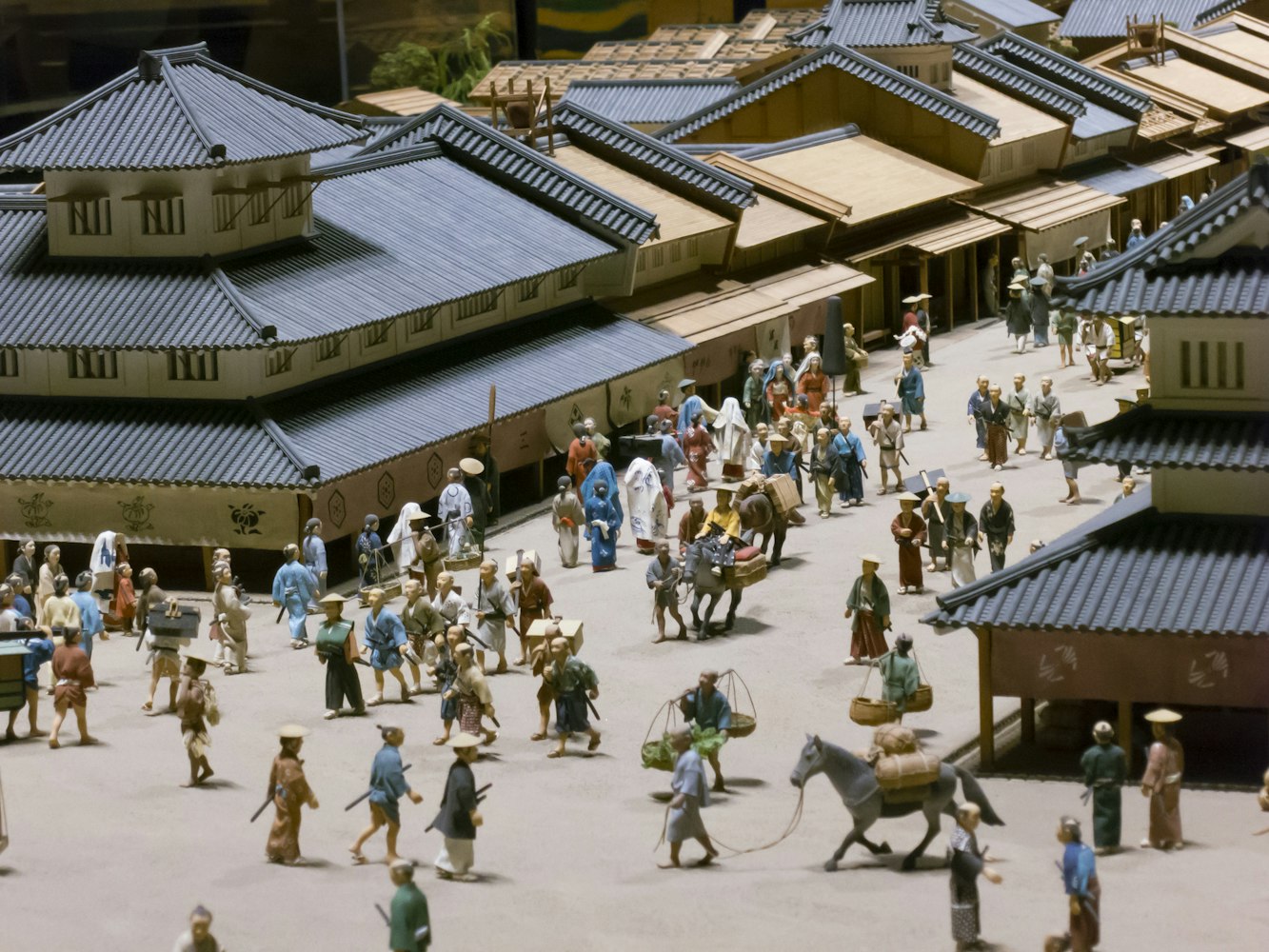
The Edo Tokyo Museum recreates life in Tokyo during the Edo period (1603-1868) and shows how the city transformed into the modern metropolis it is today. Life-sized replicas of historical buildings, including the famous Nihonbashi Bridge, greet you as you enter. You can walk through recreated townhouses, shops, and theaters to understand how ordinary people lived centuries ago.
The museum's miniature models are incredibly detailed, showing everything from castle layouts to entertainment districts. Interactive displays let you try carrying water buckets with traditional shoulder poles or riding in a palanquin. Tablet guides available in multiple languages provide rich context for the exhibits.
Located in Ryogoku, the museum sits in Tokyo's sumo wrestling district. A Ryogoku cultural tour can combine the museum with a visit to the sumo stadium and the many chanko-nabe restaurants where sumo wrestlers traditionally eat.
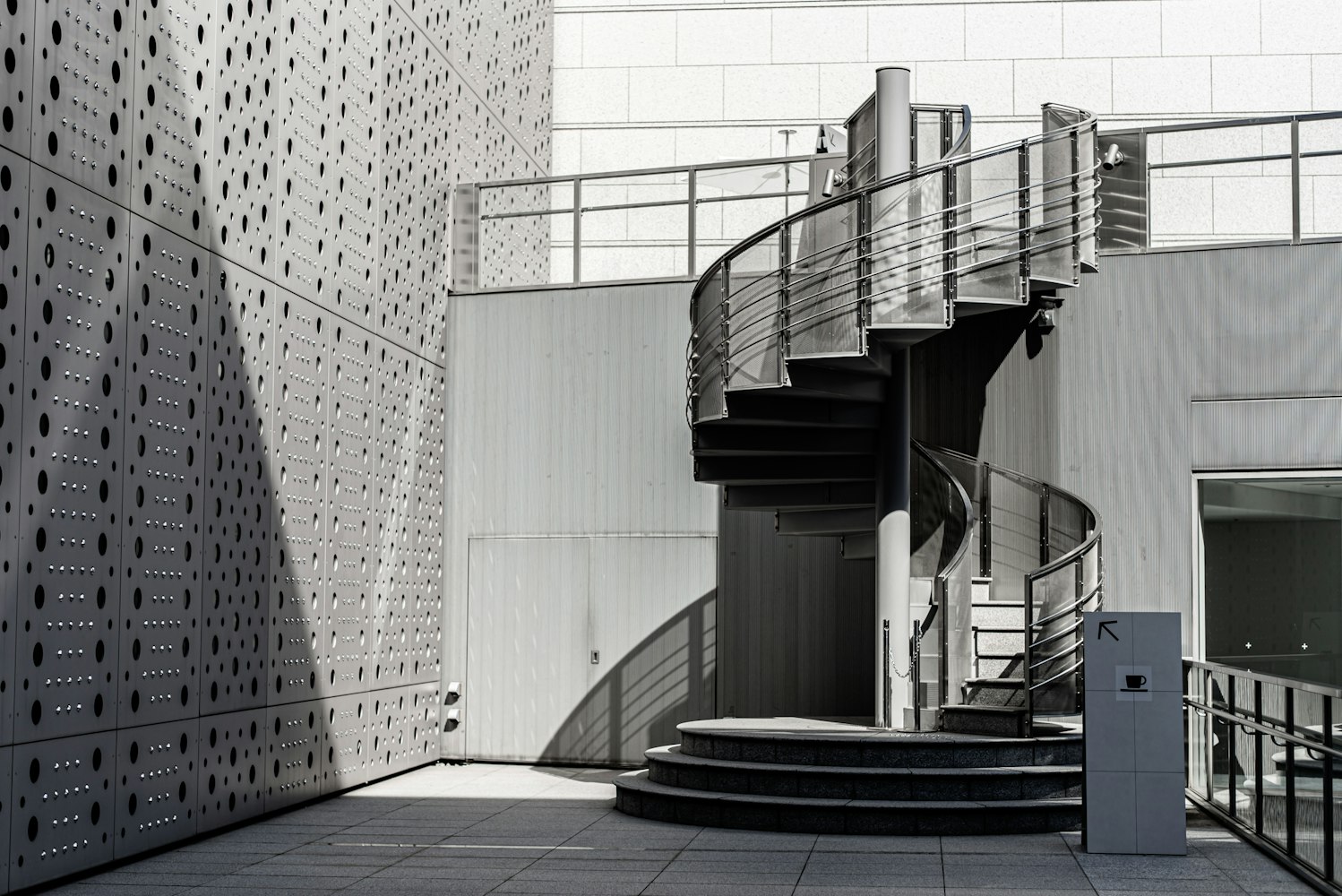
MOT in Kiba showcases both Japanese and international contemporary art in a spacious, modern setting. The permanent collection includes works from the 1940s to the present, featuring artists like Yayoi Kusama, Takashi Murakami, and many international names. The museum's temporary exhibitions often explore cutting-edge themes and experimental art forms.
What makes MOT special is its commitment to making contemporary art accessible. The museum provides plenty of context for challenging works and often includes interactive elements that invite participation. The building itself, surrounded by a park, offers a calm environment for contemplating modern art.
The museum's location in eastern Tokyo puts it slightly off the typical tourist path, which means you'll encounter more local art enthusiasts than international visitors. This authentic atmosphere adds to the experience of discovering Tokyo beyond its most famous districts.
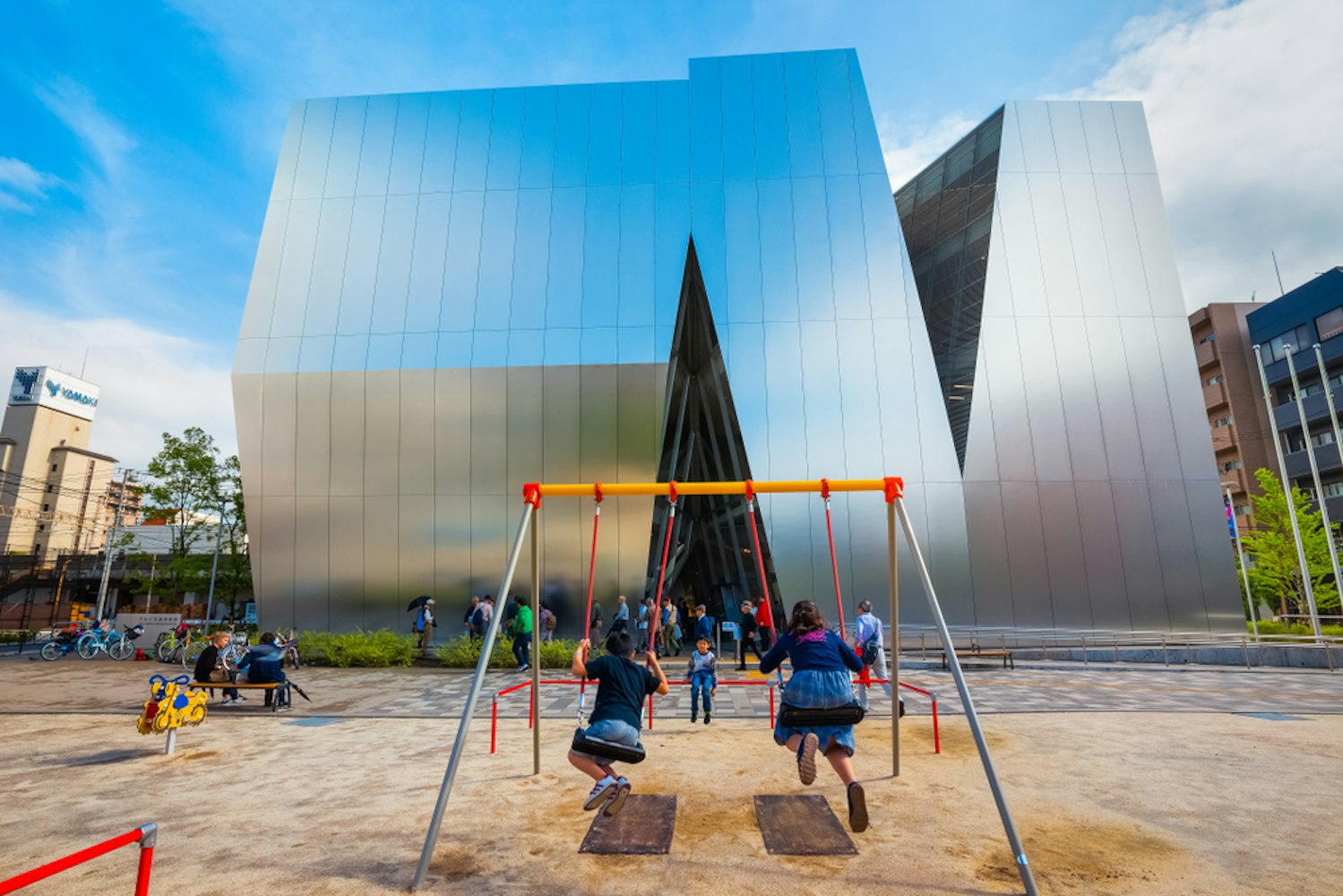
This striking aluminum-clad building, designed by architect Kazuyo Sejima, honors Katsushika Hokusai, creator of The Great Wave off Kanagawa. Located in the Sumida ward where Hokusai lived much of his life, the museum displays his ukiyo-e woodblock prints, paintings, and illustrated books.
The permanent exhibition explores Hokusai's life and artistic evolution, while special exhibitions dive deeper into specific periods or techniques. Interactive displays let you discover the intricate process of creating woodblock prints and understand Hokusai's influence on global art.
The building itself is an artwork, with angular cutouts framing views of the neighborhood. The top floor offers a quiet library space for art research. This cool museum in Tokyo beautifully connects traditional Japanese art with contemporary museum design.
Visitors often combine this museum with Asakusa cultural tours or traditional crafts tours since it's located near Tokyo's most famous temple district.
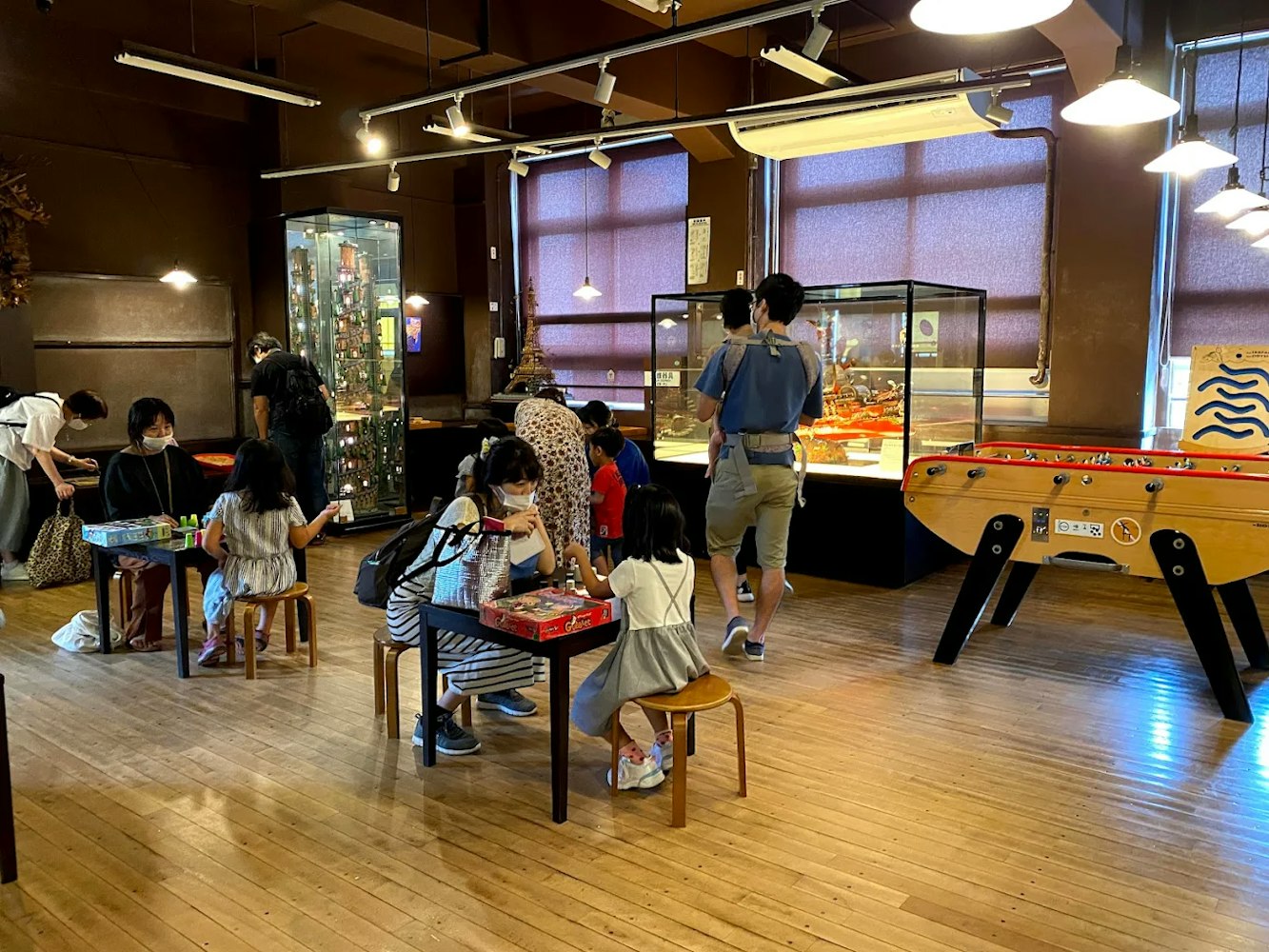
Located in a renovated elementary school in Shinjuku, the Tokyo Toy Museum celebrates play through traditional and contemporary toys from around the world. While it's particularly popular with families, adults will appreciate the craftsmanship of wooden toys, traditional Japanese games, and nostalgic items from their own childhoods.
The museum features rooms dedicated to different types of play, including a red room filled with wooden toys, a yellow room for active play, and various workshops where you can create your own toys. Toy curators, many of them seniors, are available throughout to explain how different toys work and the cultural significance behind them.
This fun museum in Tokyo emphasizes hands-on interaction, so everything is meant to be touched and played with. The museum shop sells high-quality wooden toys and traditional games that make excellent souvenirs, especially if you're shopping for children back home.
Families can explore this museum as part of family-friendly Tokyo tours or combine it with nearby Shinjuku Gyoen garden visits.
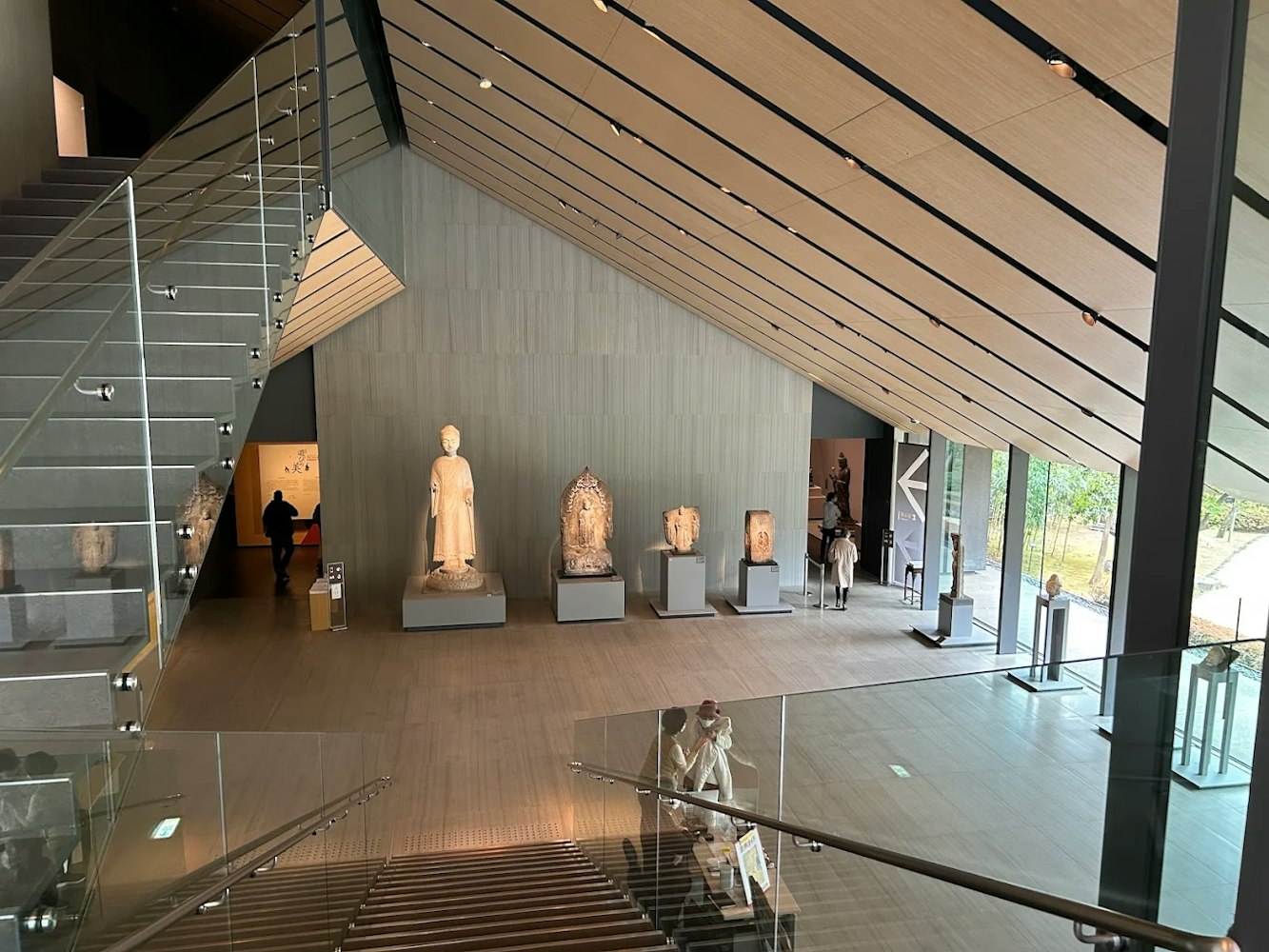
The Nezu Museum in Omotesando showcases pre-modern Japanese and East Asian art in a serene setting. The museum's collection includes Buddhist sculptures, tea ceremony utensils, calligraphy, and painted scrolls. What makes this one of the coolest museums in Tokyo is how it integrates the viewing experience with its stunning Japanese garden.
The modern building, designed by architect Kengo Kuma, features clean lines and natural materials that complement the traditional art inside. After viewing the galleries, visitors can stroll through the garden's winding paths, discovering stone lanterns, tea houses, and seasonal flowers. The garden provides a peaceful escape from the busy Omotesando shopping district just outside.
The museum's café overlooks the garden and offers a perfect spot to reflect on what you've seen while enjoying Japanese sweets and tea. Since it's located in trendy Omotesando, you can easily include it in a Harajuku and Omotesando fashion tour that explores Tokyo's most stylish neighborhoods.
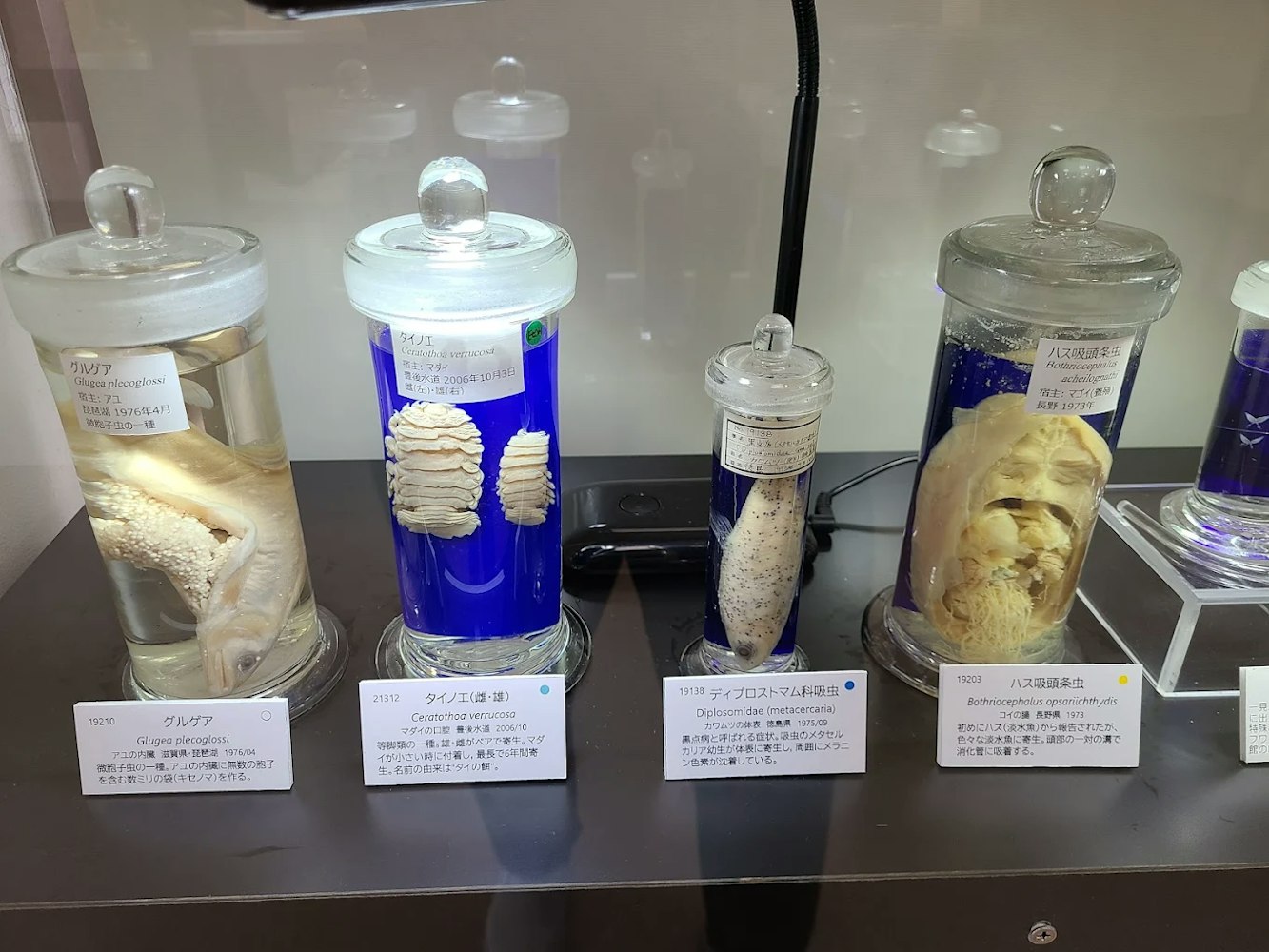
This might be the most unique entry on any list of cool museums Tokyo offers. The Meguro Parasitological Museum is exactly what it sounds like: a museum dedicated entirely to parasites. Before you recoil, know that this small museum presents its subject matter scientifically and educationally, making it far more interesting than gross.
The collection includes over 300 species of parasites preserved in jars, including an eight-meter-long tapeworm that holds the record as the longest tapeworm ever removed from a human body. Detailed explanations cover parasite life cycles, how they affect their hosts, and the important role parasitology plays in public health. The museum is free to enter, though donations are encouraged to support its research.
This unusual museum appeals to anyone interested in biology, medicine, or simply seeing something completely different from typical Tokyo attractions. It's small enough to visit in about thirty minutes, making it easy to include in a broader exploration of the Meguro neighborhood.
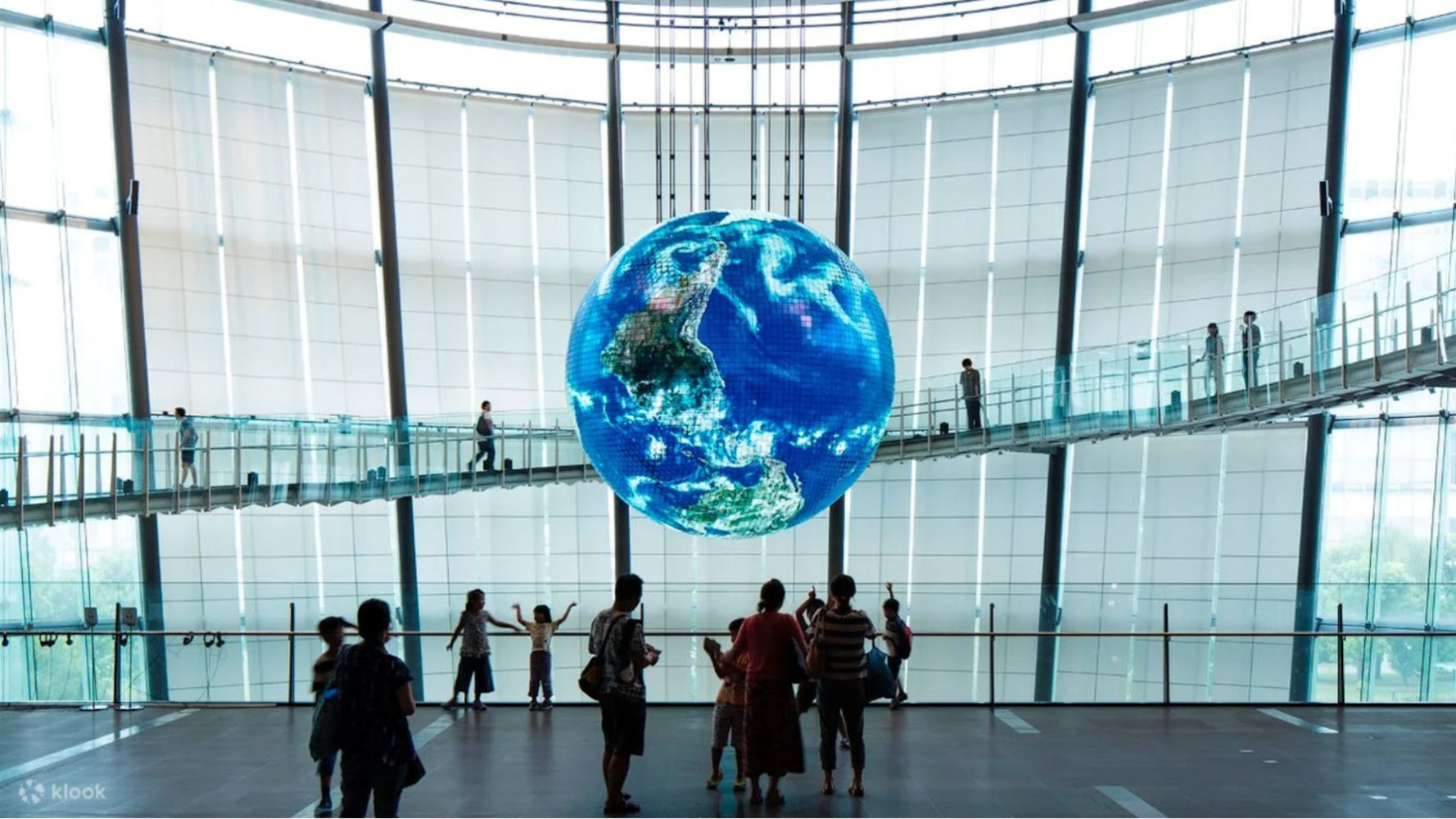
Miraikan stands out among interactive museums in Tokyo for making complex scientific concepts accessible and engaging. Located on Odaiba's waterfront, this museum explores everything from robotics and space exploration to environmental sustainability and human biology. The star attraction is often ASIMO, Honda's humanoid robot, which demonstrates its capabilities in regular shows throughout the day.
The Geo-Cosmos, a massive globe covered in LED panels, displays real-time Earth data and creates a stunning visual centerpiece in the main hall. Interactive exhibits let you control robotic arms, explore the inside of a space station, and even touch a piece of actual moon rock. The museum does an excellent job of explaining how today's scientific innovations will shape tomorrow's world.
Since Miraikan is located in Odaiba, you can easily combine it with other attractions in the area. Many Odaiba tours include stops at multiple museums and entertainment venues, making it convenient to experience this futuristic island in Tokyo Bay.
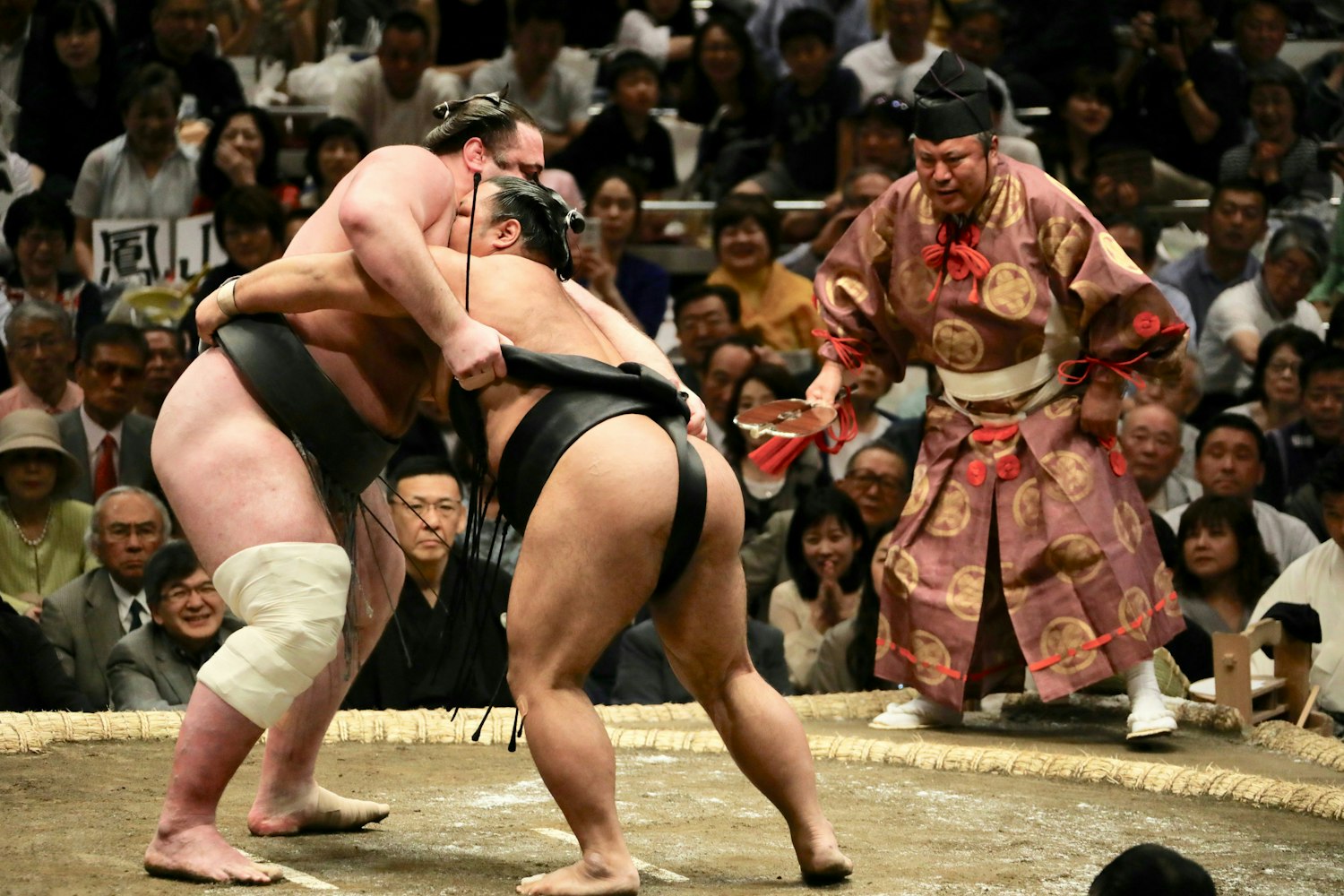
Inside the Ryogoku Kokugikan sumo stadium, the Sumo Museum preserves and celebrates Japan's national sport. The small but fascinating museum displays ceremonial aprons worn by grand champions, historical photographs, and woodblock prints depicting famous matches and legendary wrestlers from centuries past.
The museum rotates its exhibitions throughout the year, coordinating with the sumo tournament schedule. Visiting during a tournament means you might catch a glimpse of wrestlers arriving for their matches. The museum is free to enter, though access might be limited during tournament days unless you have a match ticket.
Understanding sumo's rituals and traditions enriches the experience of watching a match. If you're planning to attend a tournament, a Ryogoku sumo experience tour can provide background on what you're watching and even include lunch at a chanko-nabe restaurant where wrestlers traditionally bulk up.
Tokyo's museum scene offers incredible diversity, from world-class art collections to quirky niche institutions. The coolest museums in Tokyo share a commitment to making their subjects accessible and engaging, whether through cutting-edge technology, hands-on interaction, or beautiful presentation.
Consider purchasing a Grutto Pass if you plan to visit multiple museums. This discounted pass covers admission to over 90 museums and attractions throughout Tokyo and the surrounding areas. Many museums close on Mondays, so plan your itinerary accordingly. Popular attractions like TeamLab Borderless and Ghibli Museum require advance reservations, sometimes weeks or months ahead.

